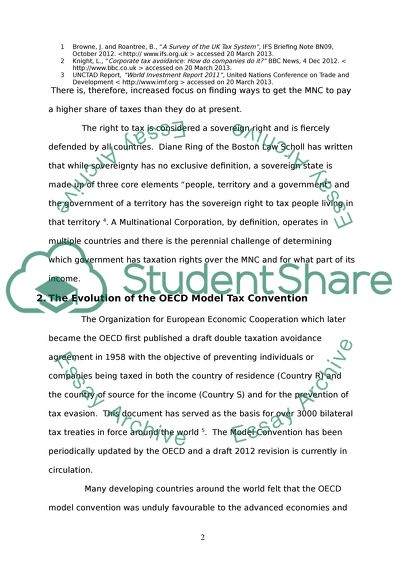Cite this document
(“Is Article 5 of the OECD's Model Tax Convention still fit for purpose Coursework”, n.d.)
Is Article 5 of the OECD's Model Tax Convention still fit for purpose Coursework. Retrieved from https://studentshare.org/finance-accounting/1471018-is-article
Is Article 5 of the OECD's Model Tax Convention still fit for purpose Coursework. Retrieved from https://studentshare.org/finance-accounting/1471018-is-article
(Is Article 5 of the OECD'S Model Tax Convention Still Fit for Purpose Coursework)
Is Article 5 of the OECD'S Model Tax Convention Still Fit for Purpose Coursework. https://studentshare.org/finance-accounting/1471018-is-article.
Is Article 5 of the OECD'S Model Tax Convention Still Fit for Purpose Coursework. https://studentshare.org/finance-accounting/1471018-is-article.
“Is Article 5 of the OECD'S Model Tax Convention Still Fit for Purpose Coursework”, n.d. https://studentshare.org/finance-accounting/1471018-is-article.


